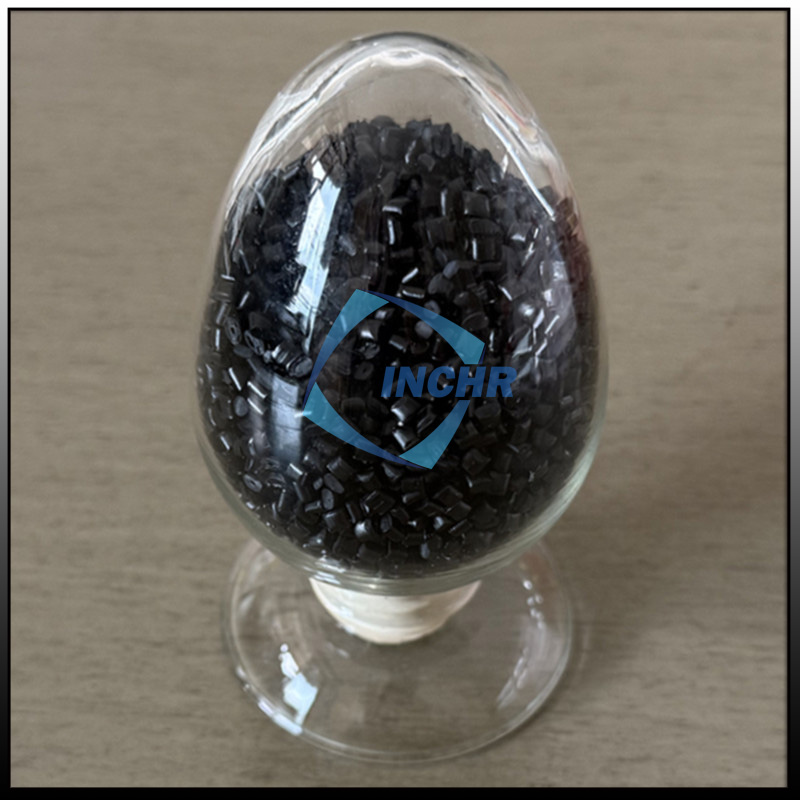In an era where lightweight durability and precision matter, carbon fiber reinforced nylon (CFR nylon) has emerged as a standout material for engineers and designers. Combining nylon’s versatility with carbon fiber’s unmatched strength, this composite is reshaping industries from automotive to consumer tech. Here’s why CFR nylon deserves your attention—and how it can elevate your next project.

Top Benefits of Carbon Fiber Reinforced Nylon
- Unbeatable Strength-to-Weight Ratio
CFR nylon rivals metals like aluminum in strength but weighs significantly less. This makes it perfect for automotive parts, drones, and sports gear where reducing weight boosts efficiency. - Heat Resistance
Withstanding temperatures up to 180°C (356°F), CFR nylon outperforms standard nylon in high-heat environments, such as under-the-hood automotive components or electronic housings. - Dimensional Stability
Carbon fibers reduce moisture absorption, minimizing shrinkage and warping. This ensures precision in critical applications like gears or medical devices. - Durability & Chemical Resistance
Resistant to abrasion, oils, and fuels, Carbon fiber reinforced nylon excels in harsh industrial or outdoor settings, extending product lifespans. - Cost Efficiency
It offers metal-like performance at a lower cost, with faster production cycles and reduced machining needs.
Key Applications of CFR Nylon
- Automotive: Lightweight engine brackets, gears, and sensor housings improve fuel efficiency.
- Aerospace: Non-structural components like drone frames benefit from vibration resistance and weight savings.
- Electronics: Durable phone cases, laptop hinges, and drone arms leverage CFR nylon’s sleek finish and impact resistance.
- Industrial: High-stress parts like bearings and robotic arms endure repetitive motion without wear.
- Medical: Sterilizable surgical tools and prosthetics rely on its biocompatibility and precision.
Carbon Fiber Reinforced Nylon vs. Other Composites
- Glass-Fiber Nylon: Cheaper but heavier, with lower stiffness.
- PEEK: Superior for extreme temperatures but far more expensive.
- Metals: Heavier and harder to mold compared to CFR nylon’s flexibility.
Processing Tips
- Tooling: Use hardened steel molds to resist abrasion from carbon fibers.
- Temperature: Maintain melt temps between 280–300°C to avoid degradation.
- Post-Processing: Anneal parts to enhance strength and reduce stress.
Why Carbon Fiber Reinforced Nylon is the Future
As industries prioritize sustainability and performance,CFR nylon bridges the gap between innovation and practicality. Its blend of lightweight design, durability, and cost-effectiveness makes it a go-to material for engineers pushing boundaries.
Final Thoughts
From cutting-edge tech to industrial machinery, carbon fiber reinforced nylon offers a future-proof solution for demanding applications. Ready to harness its potential? [Explore our CFR nylon solutions] to transform your designs.




